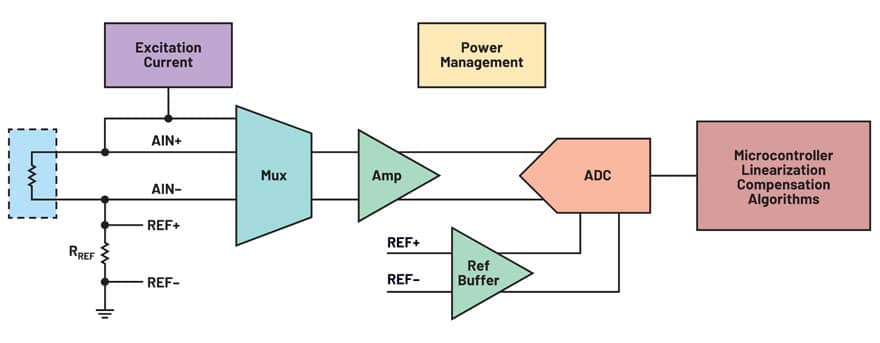
How to Use a Thermistor for Power Management?
Thermistors are incredibly versatile devices that can be used for a wide range of applications, including power management. In this article, we will discuss how you can use a thermistor to effectively manage power consumption in your projects. Whether you are a hobbyist or a professional, understanding how thermistors work and how they can be used for power management is essential.
What is a Thermistor?
A thermistor is a type of resistor that is designed to change resistance in response to changes in temperature. There are two main types of thermistors: negative temperature coefficient (NTC) thermistors, which decrease in resistance as temperature increases, and positive temperature coefficient (PTC) thermistors, which increase in resistance as temperature increases.
How Do Thermistors Work?
Thermistors work on the principle of temperature-dependent resistance. As the temperature of the thermistor changes, its resistance also changes. This property can be used in various applications, including temperature sensing, temperature compensation, and power management.
Using a Thermistor for Power Management
One of the most common ways to use a thermistor for power management is in temperature monitoring and control. By placing a thermistor near a heat source, you can measure the temperature accurately and adjust the power supply accordingly to prevent overheating.
Another way to use a thermistor for power management is in current limiting circuits. By incorporating a thermistor into the circuit, you can regulate the flow of current to prevent overloading and protect your devices from damage.
Benefits of Using a Thermistor for Power Management
There are several benefits to using a thermistor for power management. Firstly, thermistors are highly accurate and sensitive to temperature changes, making them ideal for precise power control. They are also compact and easy to integrate into electronic circuits, making them a cost-effective solution for power management.
Additionally, using a thermistor for power management can help prolong the lifespan of your electronic devices by preventing overheating and overloading. This can save you time and money on repairs and replacements in the long run.
Conclusion
Thermistors are powerful tools that can be used for a wide range of applications, including power management. By understanding how thermistors work and how they can be used effectively, you can optimize the performance and lifespan of your electronic devices. Whether you are a beginner or an expert, incorporating thermistors into your projects can help you achieve better power management and prevent unnecessary damage.
Was this helpful?
0 / 0